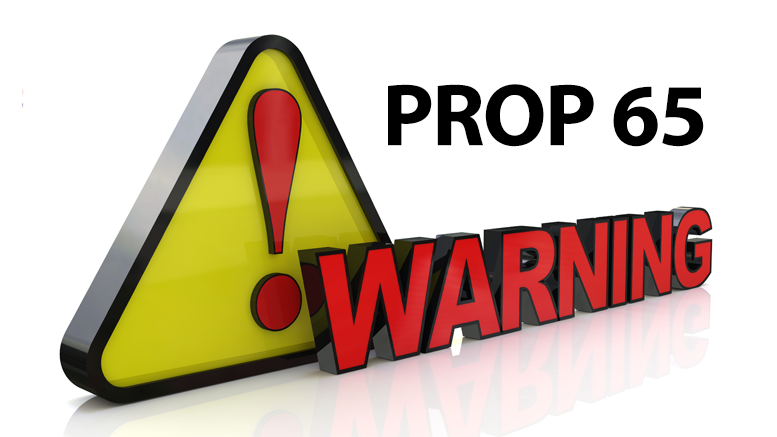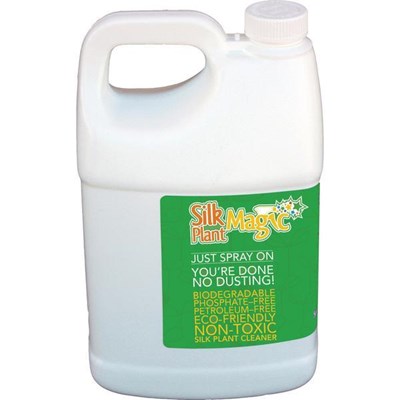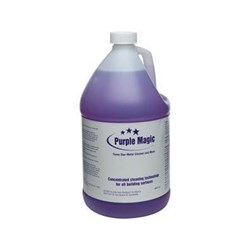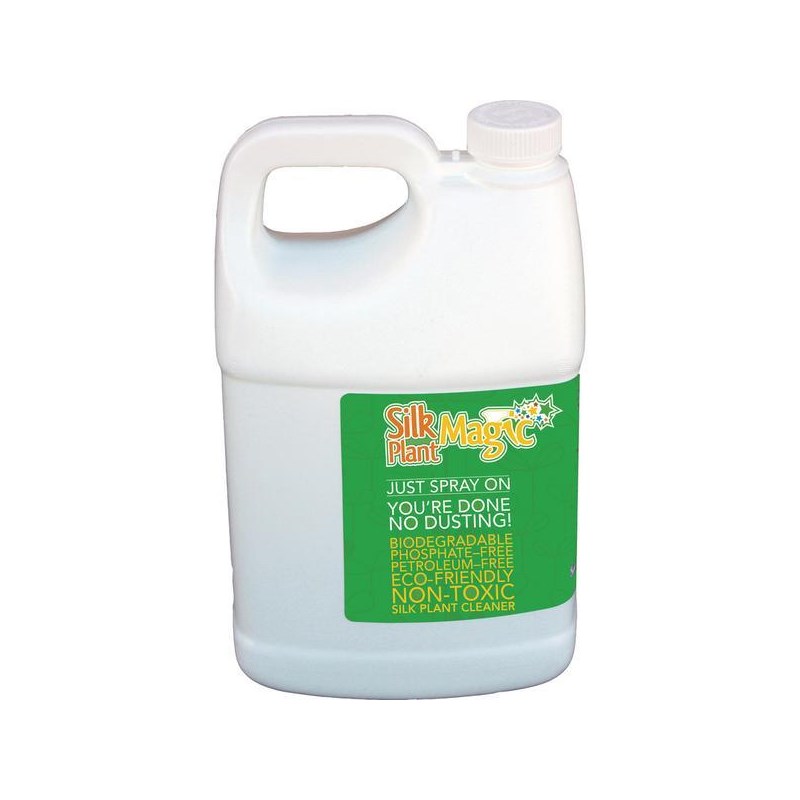Silk Plant Magic Gal
Quick Overview
- 100% Eco-Friendly, Silk Plant Magic works on all types of silk plants with no harm to your silk plant. As seem on QVC home shopping network.
- Spray Silk Plant Magic on the silk plant thoroughly.
- You are done, Its that easy, No rinsing with water.
- Biodegradable and Phosphate & Petroleum Free. Non-Toxic
Show More
| Qty | 1-3 | 4+ | 12+ |
|---|---|---|---|
| $ | $64.50 | $63.90 | $63.20 |
Takes only minutes and repels dust, making future cleaning easier. Silk Plant Magic returns plants to like new. Just spray it on and you're done! No dusting.
Eco-Friendly:
Biodegradable
Phosphate-Free
Petroleum-Free
Non-Toxic
Directions:
1. Take silk plants outdoors. Do not use indoors, over cement asphalt, paint, furniture or carpet without a tarp.
2. Shake bottle well and make sure the nozzle is adjusted to the WIDEST SPRAY.
3. Spray over silk plant thoroughly while moving the leaves to spray the ones below.
1 gallon bottle.- 100% Eco-Friendly, Silk Plant Magic works on all types of silk plants with no harm to your silk plant. As seem on QVC home shopping network.
- Spray Silk Plant Magic on the silk plant thoroughly.
- You are done, Its that easy, No rinsing with water.
- Biodegradable and Phosphate & Petroleum Free. Non-Toxic


Proposition 65 requires businesses to provide warnings to Californians about significant exposures to chemicals that cause cancer, birth defects or other reproductive harm. These chemicals can be in the products that Californians purchase, in their homes or workplaces, or that are released into the environment. By requiring that this information be provided, Proposition 65 enables Californians to make informed decisions about their exposures to these chemicals. Proposition 65 also prohibits California businesses from knowingly discharging significant amounts of listed chemicals into sources of drinking water. Proposition 65 requires California to publish a list of chemicals known to cause cancer, birth defects or other reproductive harm. This list, which must be updated at least once a year, has grown to include approximately 900 chemicals since it was first published in 1987. Proposition 65 became law in November 1986, when California voters approved it by a 63-37 percent margin. The official name of Proposition 65 is the Safe Drinking Water and Toxic Enforcement Act of 1986.
The list of chemicals contains a wide range of naturally occurring and synthetic chemicals that include additives or ingredients in pesticides, common household products, food, drugs, dyes, or solvents. Listed chemicals may also be used in manufacturing and construction, or they may be byproducts of chemical processes, such as motor vehicle exhaust. For more information visit www.p65warnings.ca.gov/






